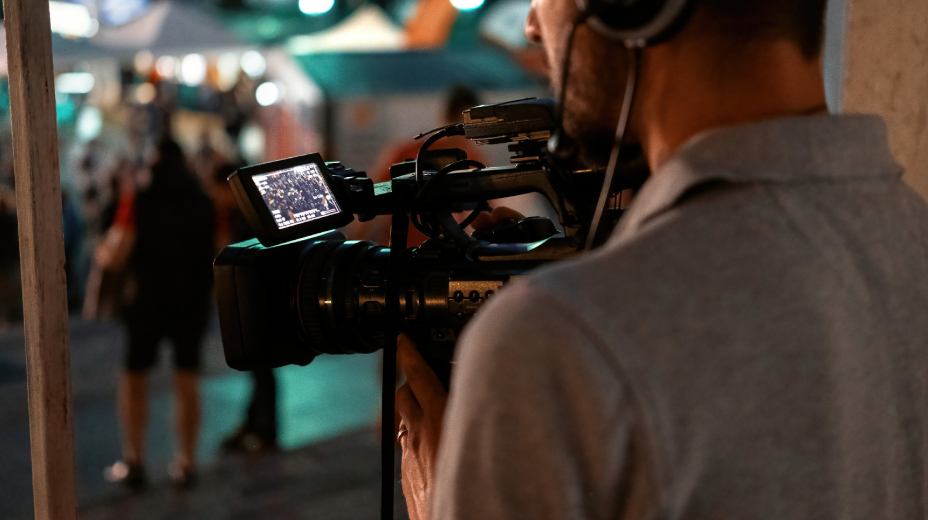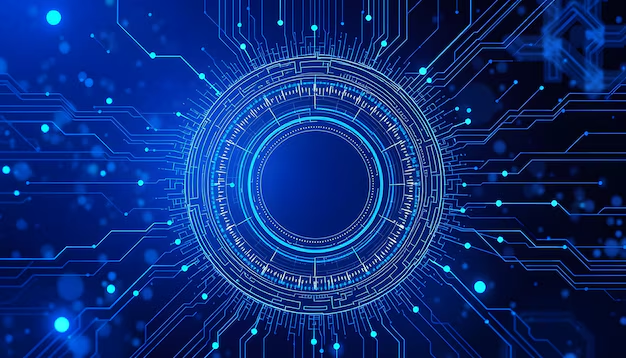In the fast-evolving world of digital design, game development, and immersive experiences, the concept of textures continues to play a transformative role. Among the latest discussions in technical design circles is the emergence of what specialists call the 1.5f8-p1uzt texture, a structured yet flexible digital surface layer that brings new possibilities to rendering and simulation. While the name may appear highly technical and even cryptic, the ideas behind it are both innovative and practical, shaping how developers think about digital materials and visual performance. Understanding the mechanics, applications, and future of this unique texture type can open doors for designers, engineers, and creative minds across industries.
What Makes the 1.5f8-p1uzt Texture Unique?
Unlike traditional texture models that primarily focus on surface replication, the 1.5f8-p1uzt texture is designed to integrate multiple layers of fidelity. This means it does not simply mimic the appearance of a material but also captures behavioral aspects, such as light absorption, reflection, and interaction with environmental dynamics. By doing so, it transcends the basic definition of a texture as a static visual pattern and evolves into an adaptive layer of data that enhances realism and efficiency.
One of the defining characteristics of this texture type is its ability to balance detail with performance. Rendering complex environments often creates strain on processors and graphic systems, but the 1.5f8-p1uzt texture framework reduces redundancy by storing essential parameters more efficiently. This optimization allows game developers, 3D artists, and simulation engineers to work with high-quality visuals without compromising speed or system stability.
Practical Applications of the 1.5f8-p1uzt Texture
The range of applications for the 1.5f8-p1uzt texture is vast, and industries outside gaming are beginning to see its potential.
Gaming and Virtual Worlds
In gaming, texture fidelity directly impacts immersion. When characters walk across a stone floor or interact with natural environments, the details of surfaces define how believable the world feels. The 1.5f8-p1uzt texture introduces micro-level accuracy that responds dynamically to lighting changes, camera angles, and physical interactions, giving developers an extra edge in crafting realism.
Simulation and Training Environments
Medical simulations, flight training programs, and military applications all rely heavily on visual accuracy. The 1.5f8-p1uzt texture can replicate material authenticity in ways that increase the learner’s sense of presence. For example, medical trainees practicing surgical procedures in virtual reality could benefit from surface textures that behave almost like organic tissue under varying conditions.
Architectural Visualization
Architects and real estate professionals often use 3D visualization tools to present their concepts. The 1.5f8-p1uzt texture enhances these presentations by giving walls, floors, and furnishings hyper-realistic appearances. As a result, clients are more easily persuaded by a design that feels tangible, even in a digital setting.
Industrial Design and Prototyping
Beyond visuals, industrial designers seek accurate feedback on how materials behave under stress, light, and interaction. The layered framework of the 1.5f8-p1uzt texture supports this by simulating real-world conditions with higher fidelity, enabling more efficient prototyping before physical production.
Technical Advantages of the 1.5f8-p1uzt Texture
The adoption of this texture model is not only about aesthetics but also technical improvements that support scalability. Its advantages include:
- Optimized Memory Usage: Instead of duplicating visual data, the texture compresses and references modular elements.
- Dynamic Lighting Compatibility: It integrates seamlessly with modern rendering engines that prioritize real-time lighting adjustments.
- Cross-Platform Efficiency: Whether deployed on high-end PC systems, consoles, or VR headsets, the 1.5f8-p1uzt texture maintains stability without large compromises in quality.
- Adaptive Algorithms: It allows customization based on device capacity, enabling developers to scale experiences for broader audiences.
These advantages highlight why many design professionals consider this model a breakthrough for both visual quality and technical sustainability.
Challenges and Considerations
Despite its strengths, the integration of the 1.5f8-p1uzt texture is not without challenges. The complexity of its structure requires updated workflows, meaning teams may need to invest in training and new tools. Compatibility with legacy systems can also be a hurdle, as older rendering engines might not fully support the advanced layering mechanisms. Furthermore, the balance between realism and resource consumption, though improved, still needs careful calibration depending on project scope.
The Future Potential of 1.5f8-p1uzt Texture
Looking ahead, the 1.5f8-p1uzt texture is likely to influence how industries define immersive design standards. With the rise of metaverse concepts, digital twins, and ultra-realistic VR experiences, the demand for textures that go beyond static imagery will continue to grow. This specific model, with its layered optimization and adaptive performance, may set the blueprint for next-generation design frameworks.
Moreover, as artificial intelligence and machine learning become more integrated with creative industries, AI-driven enhancements could further refine the use of this texture. Imagine textures that not only replicate existing materials but also evolve dynamically based on user interaction, environment, and even emotional context. The groundwork laid by the 1.5f8-p1uzt texture provides a solid foundation for such futuristic developments.
Conclusion
The 1.5f8-p1uzt texture represents more than just another technical specification in the world of digital design. It is an innovation that bridges aesthetics, efficiency, and adaptability, enabling creators to push the boundaries of realism without sacrificing performance. From gaming and simulations to industrial design and architecture, its applications are far-reaching, promising to reshape how digital environments are perceived and experienced. Though challenges remain, the potential of this advanced texture type suggests that it will remain a significant point of discussion for years to come, guiding the evolution of immersive technologies and the artistry of digital creation.



